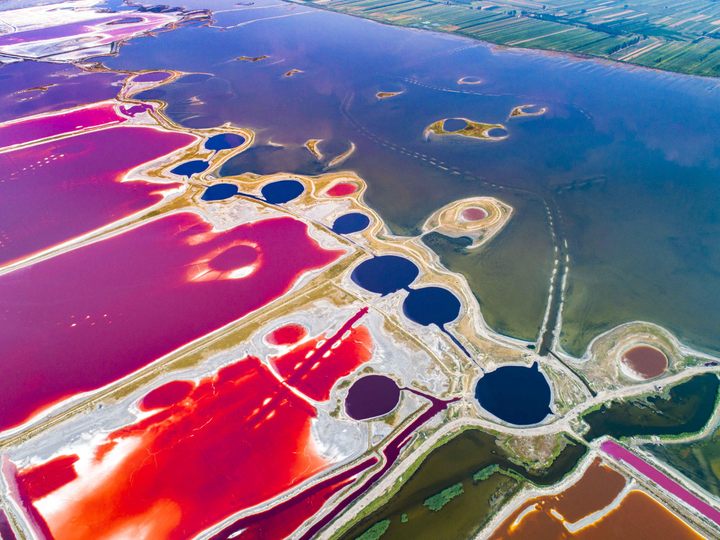

China’s Dead Sea Is a Visual Feast
Yuncheng Lake is one of the country’s oldest salt-production sites.
In summer, it colors the landscape blood crimson, glossy green, and glassy indigo. In winter, it becomes crystalline, ice-white, and sculptural. Wars have been fought over it, gods have guarded it, and its contents fill plates and tombs. It’s not a landscape in a fantasy novel. It’s Northern China’s Yuncheng Salt Lake, the world’s third-largest sodium sulfate inland lake and one of China’s most important historical sources of salt.
Located in Northern China’s Shanxi Province, the lake has provided salt to locals for thousands of years. Historians date the first salt mining to at least 4,000 years ago, and human remains from around the lake hint at even earlier salt harvesting. The lake accounted for a quarter of China’s total salt production from the seventh to 10th century, making Yuncheng City an important administrative center, and inspiring a series of wars for control of the lake and its lucrative, salty haul. Locals traditionally worshipped a range of salt deities in nearby temples.
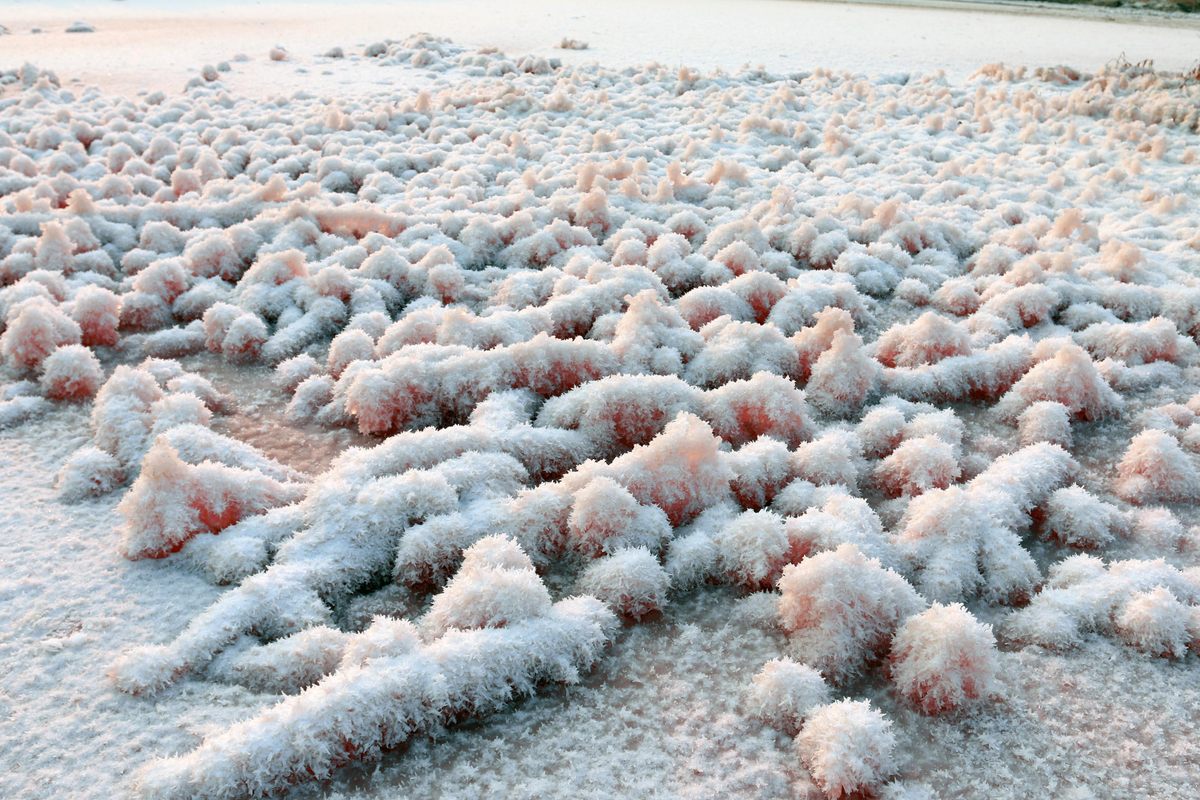
Considering salt’s pivotal role in the development of Chinese cuisines—salt-curing is a common food-preservation method, and salt-cured foods have been found in historic burials—this reverence makes sense. But there’s another reason locals and visitors alike have long been awed by the body of water dubbed “The Dead Sea of China.” It’s hauntingly beautiful.
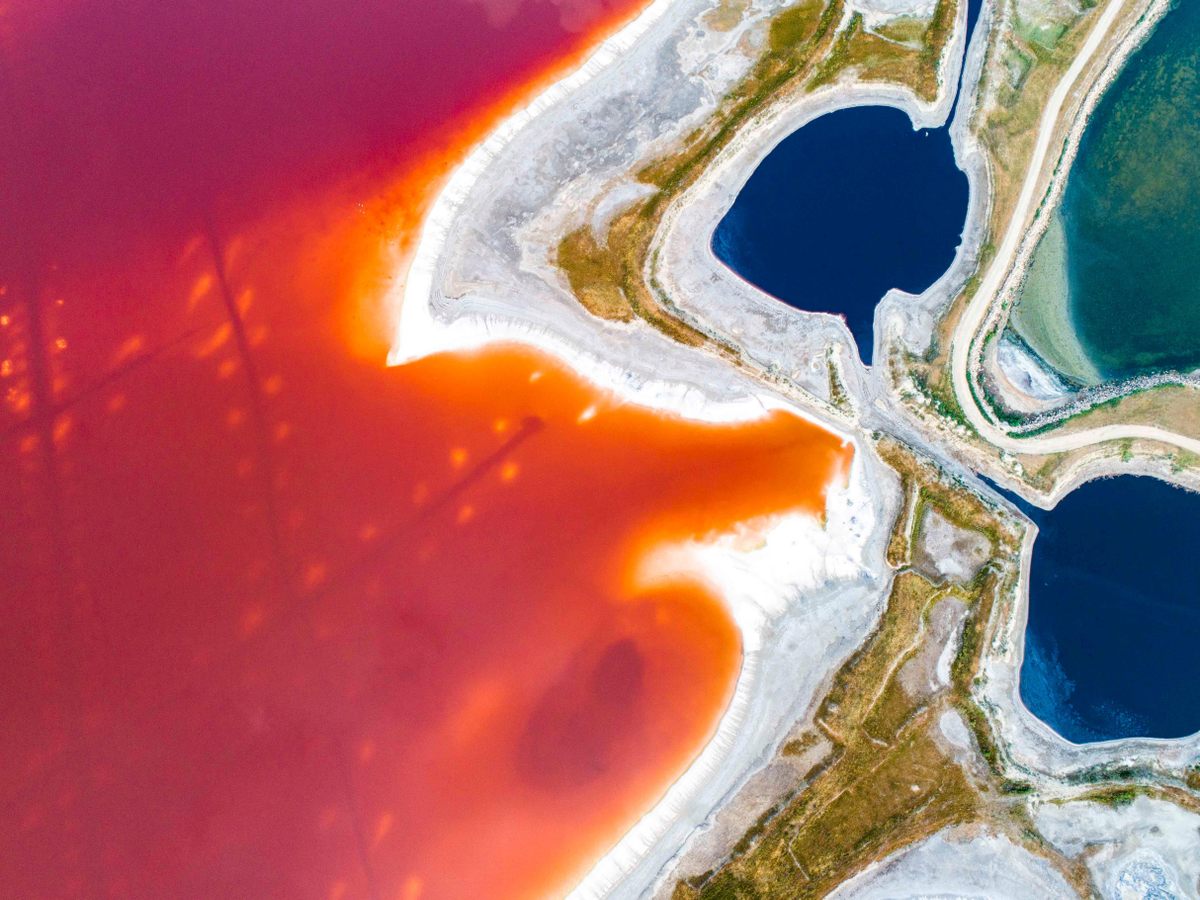
In summer, the lake looks like a box of jewels spilled by a giant. This is due to blooms of the algae Dunaliella Salina, a uniquely salt-tolerant species that appears blue and green in water but can turn bright crimson in high salinity and heat. From above, these colors cover the landscape like a luminous quilt, divided by the tiny asphalt-grey lines of salt ridges and highways. D. Salina is so vibrant that it’s actually used as an industrial-cosmetics coloring.

In winter, these lush, saturated colors yield to a glistening, white otherworldliness, with crystalline structures rising like ice sculptures from the lake’s surface. These coral-like structures are actually mirabilite, also called Glauber’s salt, a kind of sodium sulfate that grows thick, quartz-like crystals in temperatures below negative-five-degrees Celsius.*
Each summer and winter, visitors, motivated by a love of both natural beauty and the perfect Instagram shot, come to witness this entrancingly alien landscape. But there may be trouble brewing beneath the lake’s bright surface. The Dead Sea has a high concentration of sodium chloride, which makes it hostile to most forms of life. In contrast, Yuncheng’s salt is sulfate-based, allowing the lake to support organisms such as algae and brine shrimp.** Algal blooms like the ones that paint the lake in summer can signify organic pollution, and often block needed oxygen and sunlight from reaching other lake life.
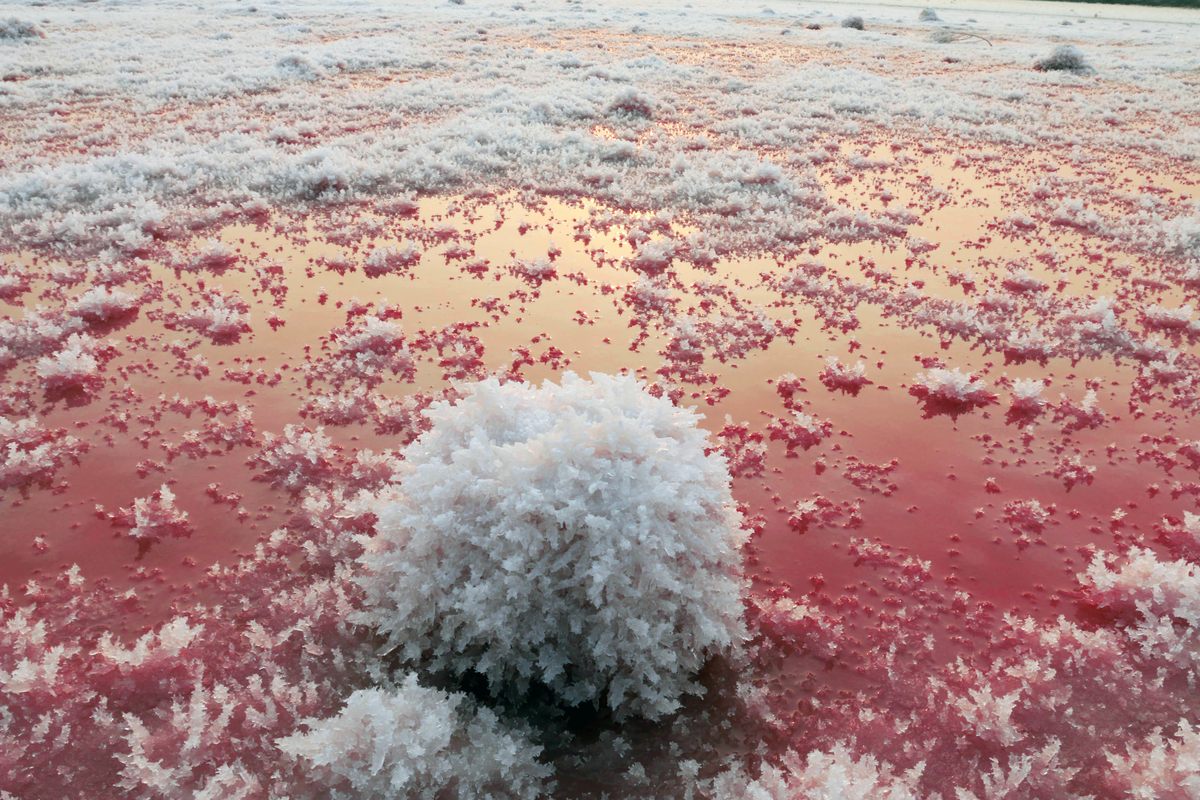
Local leaders have moved to address these environmental concerns and turn the lake into a more sustainable tourism destination. Starting in the 1980s, producers pivoted toward harvesting salt for industrial rather than culinary purposes. Since then, however, the area’s traditional salt-harvesting methods have been named part of Shanxi’s official intangible cultural heritage. An influx of tourism means a potential for revival. While a cleaner lake may mean saying goodbye to some of those more luminous algal hues, the restoration of wildlife and local foodways would be just as wondrous.
*Correction: This post previously described Glauber’s salt as sodium sulfite. It is a kind of sodium sulfate.
**Correction: A previous version of this post implied that chloride is hostile to life. In fact, it only prevents ecosystem growth at high concentrations.
Gastro Obscura covers the world’s most wondrous food and drink.
Sign up for our regular newsletter.

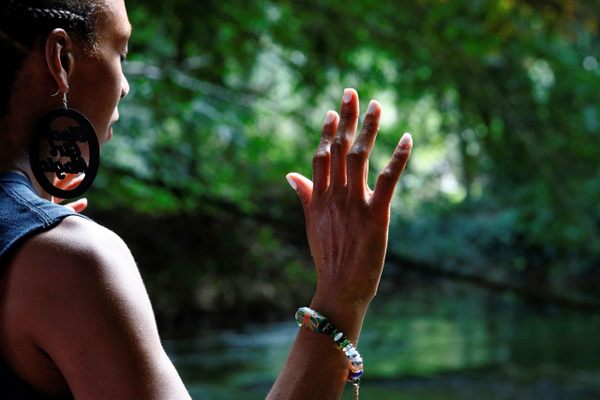
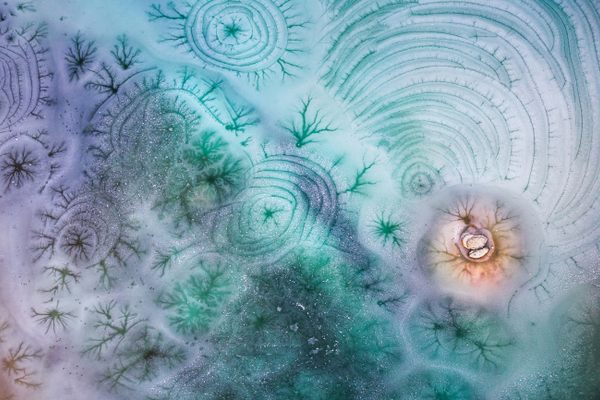

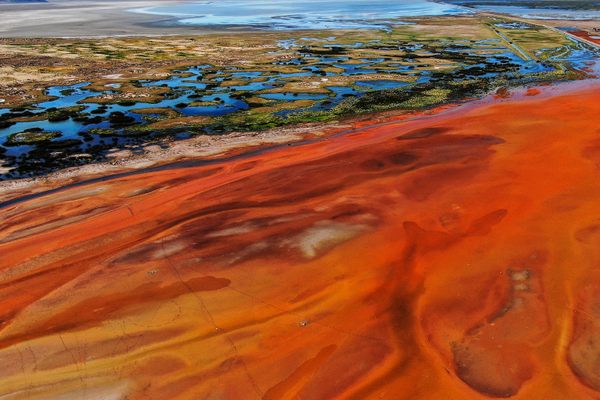



















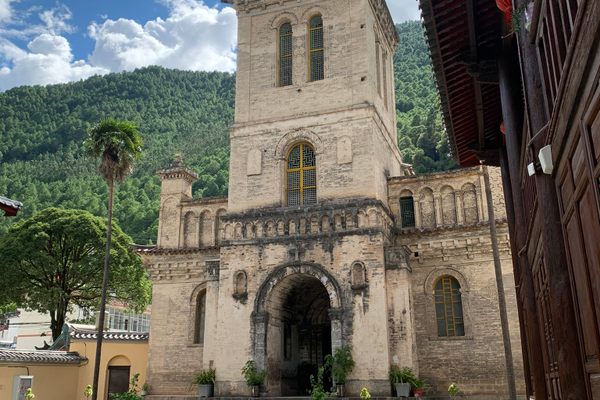






Follow us on Twitter to get the latest on the world's hidden wonders.
Like us on Facebook to get the latest on the world's hidden wonders.
Follow us on Twitter Like us on Facebook